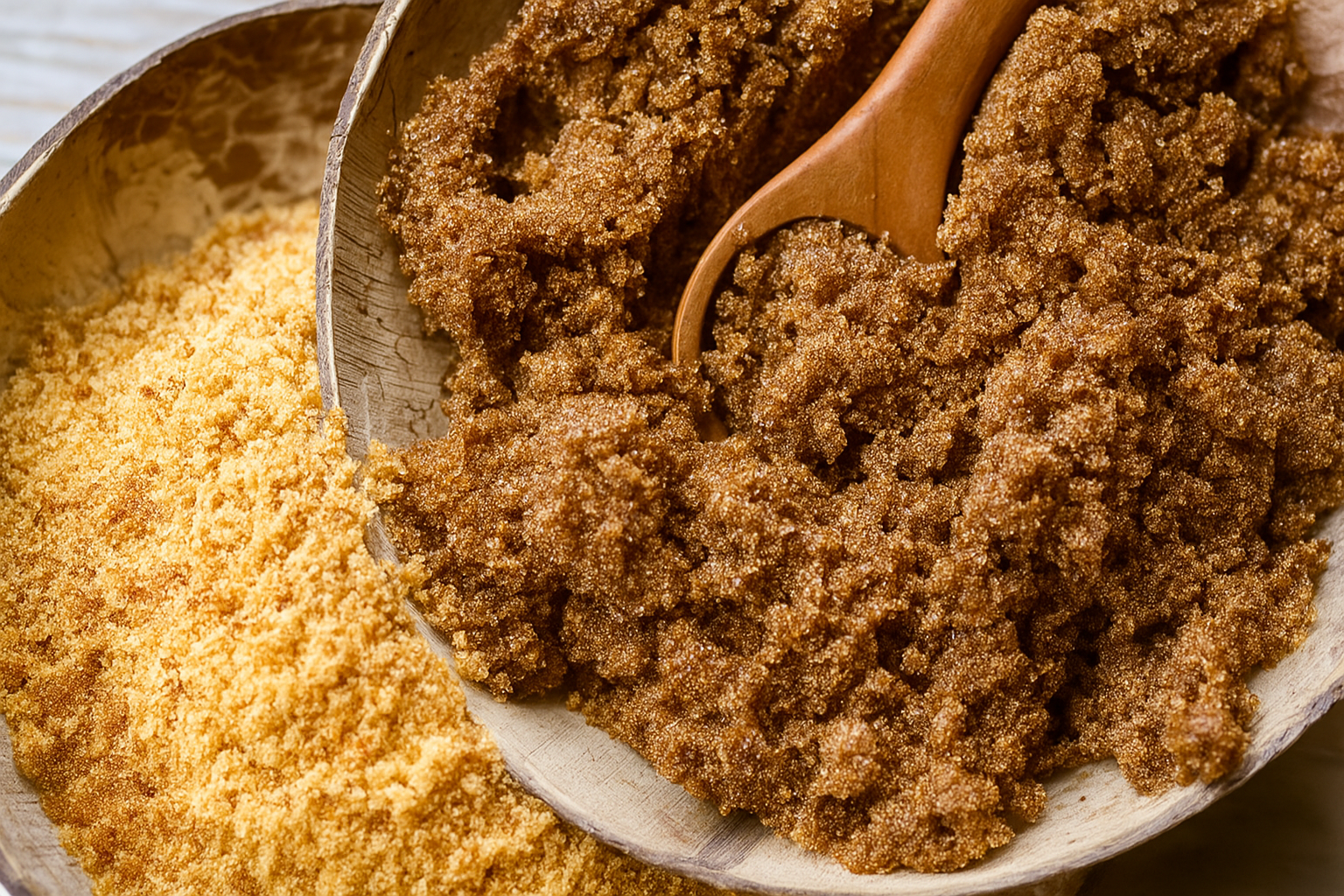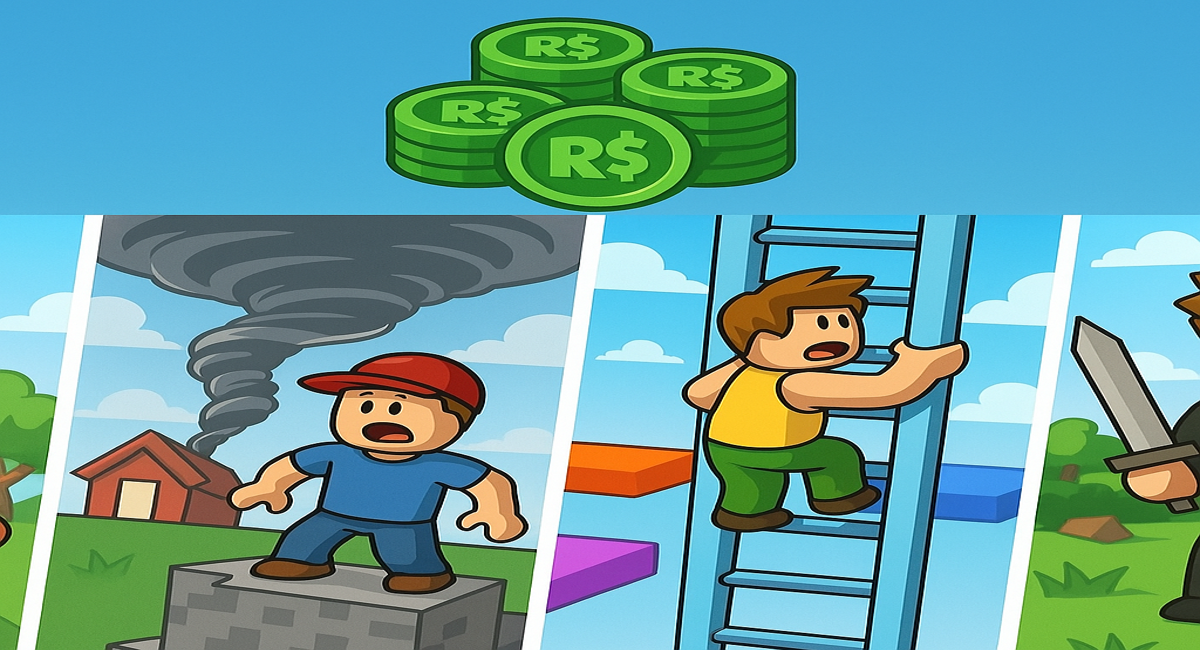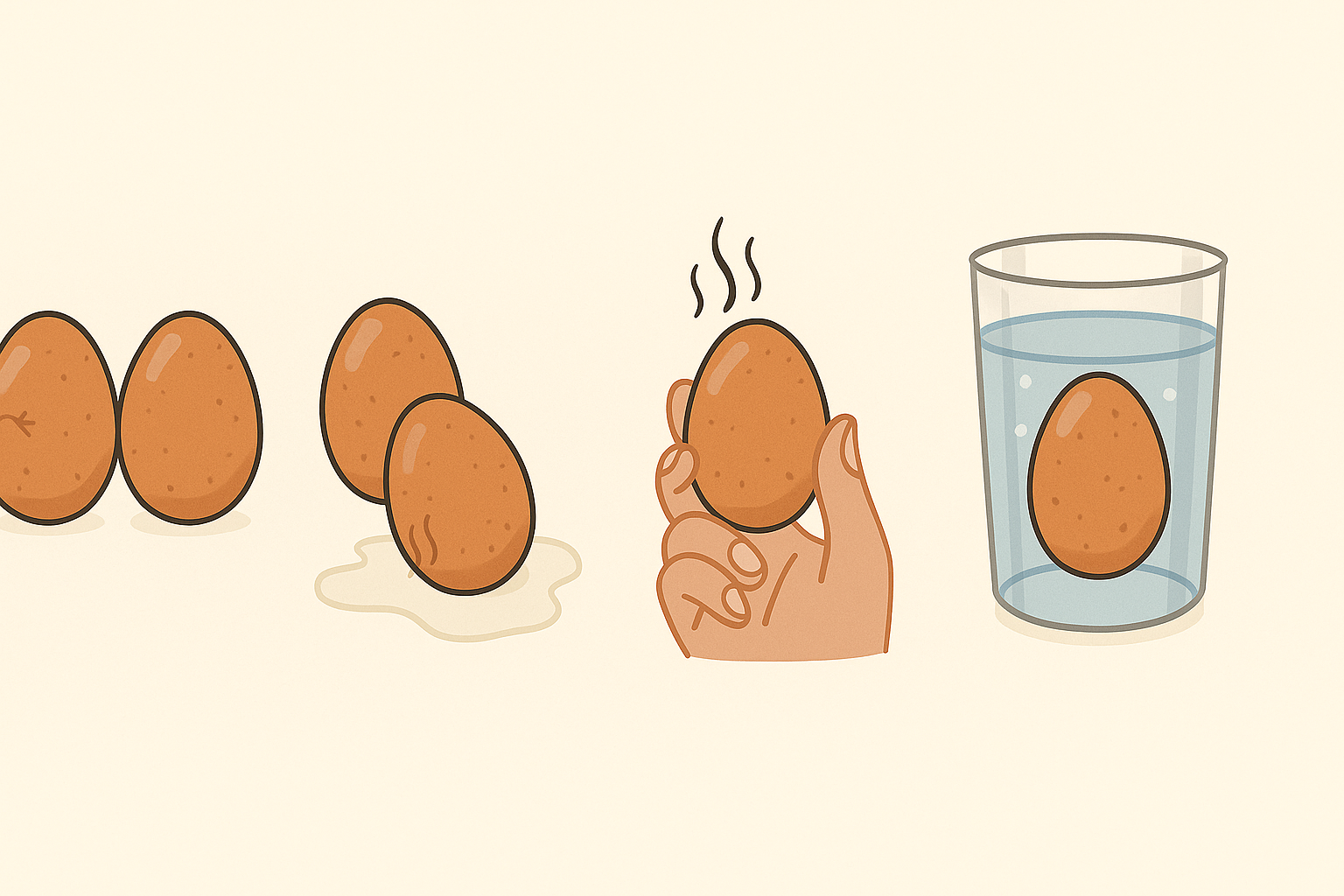.
Definition: What Is Raw Cheese?
Raw cheese is cheese made from unpasteurized milk—milk that has not been heat-treated to kill bacteria. This means the milk used to make raw cheese is in its natural state, just as it comes from the animal (usually a cow, goat, or sheep).
Pasteurization, a common practice in the dairy industry, involves heating milk to a specific temperature for a short time to destroy harmful microorganisms. While this process increases safety and extends shelf life, it also destroys some of the beneficial bacteria, enzymes, and nutrients found in raw milk.
So, raw cheese = cheese made from raw (unpasteurized) milk.
How Is Raw Cheese Made?
Raw cheese is made using traditional methods. Here’s a simplified step-by-step look at the process:
- Fresh Raw Milk Collection: The milk is collected from animals and filtered but not heated or pasteurized.
- Natural Bacteria Activation: Beneficial bacteria present in raw milk begin to ferment the milk naturally.
- Coagulation: A natural enzyme like rennet is added to thicken the milk into curds.
- Curd Cutting and Draining: The curds are cut and separated from the whey (liquid part).
- Pressing: The curds are pressed into molds to form the cheese shape.
- Aging (Optional): Some raw cheeses are aged in controlled environments to develop flavor and texture.
The result is a flavorful cheese with complex, bold taste that reflects the milk’s origin and the local environment (often called the terroir).
Why Choose Raw Cheese? — Key Benefits
Many cheese lovers and health-conscious people prefer raw cheese for the following reasons:
1. Superior Taste
Raw cheese tends to have a richer, deeper, and more complex flavor than pasteurized cheese. Since it’s made with natural bacteria and enzymes, each bite tells a story of where the cheese came from.
2. Better Nutrition
Raw cheese retains:
- Natural enzymes that help with digestion.
- Beneficial bacteria (probiotics) that support gut health.
- Vitamins like A, D, K2, and B12.
- Minerals such as calcium, magnesium, and phosphorus.
3. Supports Traditional Farming
Most raw cheese is made on small farms using ethical and sustainable methods. Choosing raw cheese often means supporting local, organic, or grass-fed dairy farmers.
Is Raw Cheese Safe?
This is the biggest concern people have. Since raw cheese is made from unpasteurized milk, there’s a small risk it could carry harmful bacteria like Listeria, E. coli, or Salmonella.
However, several facts can help put this into perspective:
- In many countries, raw cheese must be aged for at least 60 days before being sold. The aging process naturally reduces moisture, making it harder for harmful bacteria to survive.
- Proper hygiene during cheese-making can greatly reduce contamination risk.
- Healthy adults with normal immune systems usually have no problem eating raw cheese.
- Pregnant women, the elderly, infants, or people with weakened immune systems should consult a doctor before consuming it.
In the U.S., raw cheese is legal and regulated, but it must meet strict safety standards. In Europe, raw cheese is widely accepted and even celebrated.
Popular Types of Raw Cheese
Here are some famous raw cheeses from around the world:
- Roquefort (France) – A blue cheese made from raw sheep’s milk.
- Comté (France) – A hard, aged cheese with nutty, savory notes.
- Gruyère (Switzerland) – A firm, raw cow’s milk cheese known for melting beautifully.
- Cheddar (England) – Some artisanal varieties are made with raw milk.
- Pecorino (Italy) – Often made with raw sheep’s milk.
- Raw Goat Cheese – Tangy and creamy, often from small farms.
How to Buy and Store Raw Cheese
Where to Buy:
- Farmers’ markets
- Artisan cheese shops
- Organic grocery stores
- Online specialty retailers
How to Store:
- Wrap in wax paper or cheese paper (not plastic).
- Keep in the vegetable drawer of your fridge.
- Let it come to room temperature before eating for the best flavor.
How to Enjoy Raw Cheese
Raw cheese is a treat on its own, but here are a few tasty ways to enjoy it:
- Cheese boards with fruits, nuts, and honey
- Melted into pasta or risotto
- Shaved over salads
- Paired with wine or craft beer
- In sandwiches or on crusty bread
Final Thoughts: Should You Try Raw Cheese?
If you care about flavor, natural nutrition, and supporting traditional food systems, raw cheese is worth exploring. It’s not just cheese—it’s a living food, full of character, culture, and care. While it may not be for everyone, especially those with health concerns, many people find it more delicious and satisfying than processed alternatives.
Summary: What Is Raw Cheese?
| Feature | Raw Cheese |
| Made From | Raw (unpasteurized) milk |
| Taste | Bold, complex, natural |
| Nutrition | High in enzymes, probiotics, vitamins |
| Safety | Safe if aged properly and made hygienically |
| Where to Find | Farmers markets, specialty shops |
| Best For | Cheese lovers, foodies, natural health fans |







Leave a Reply